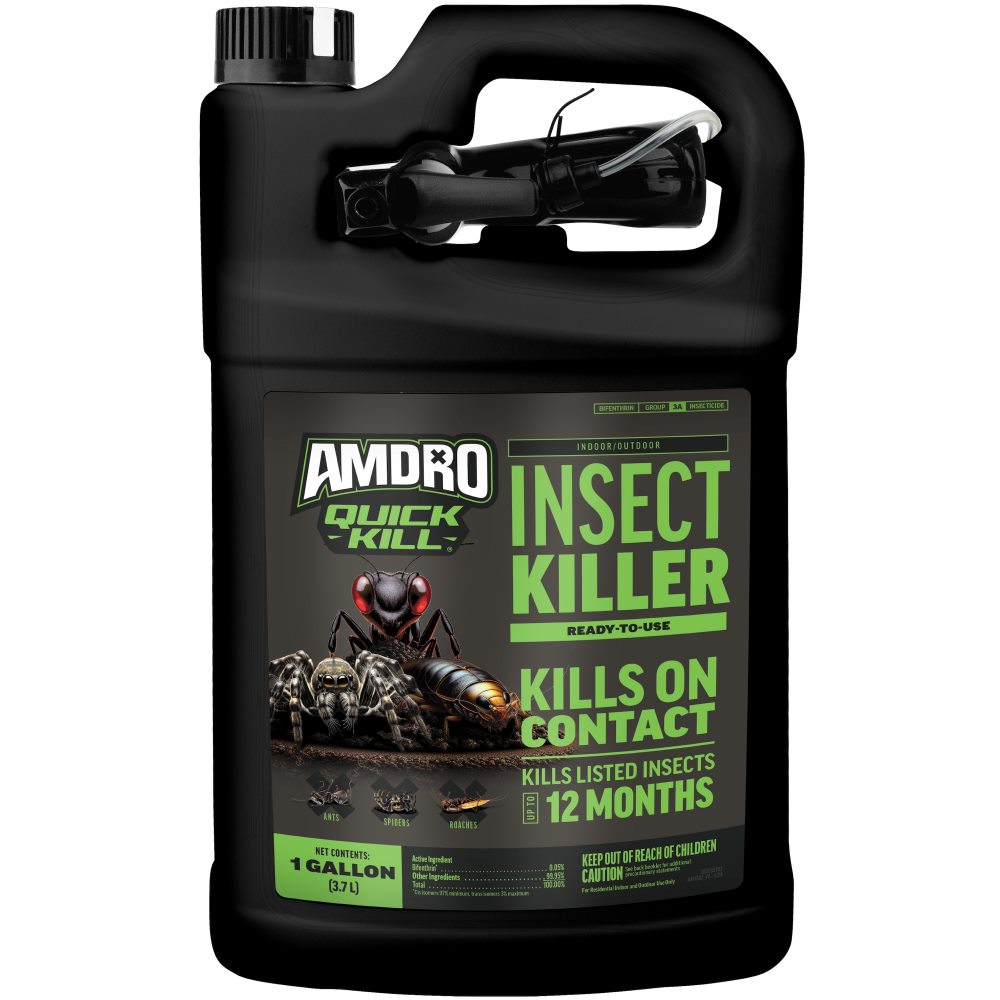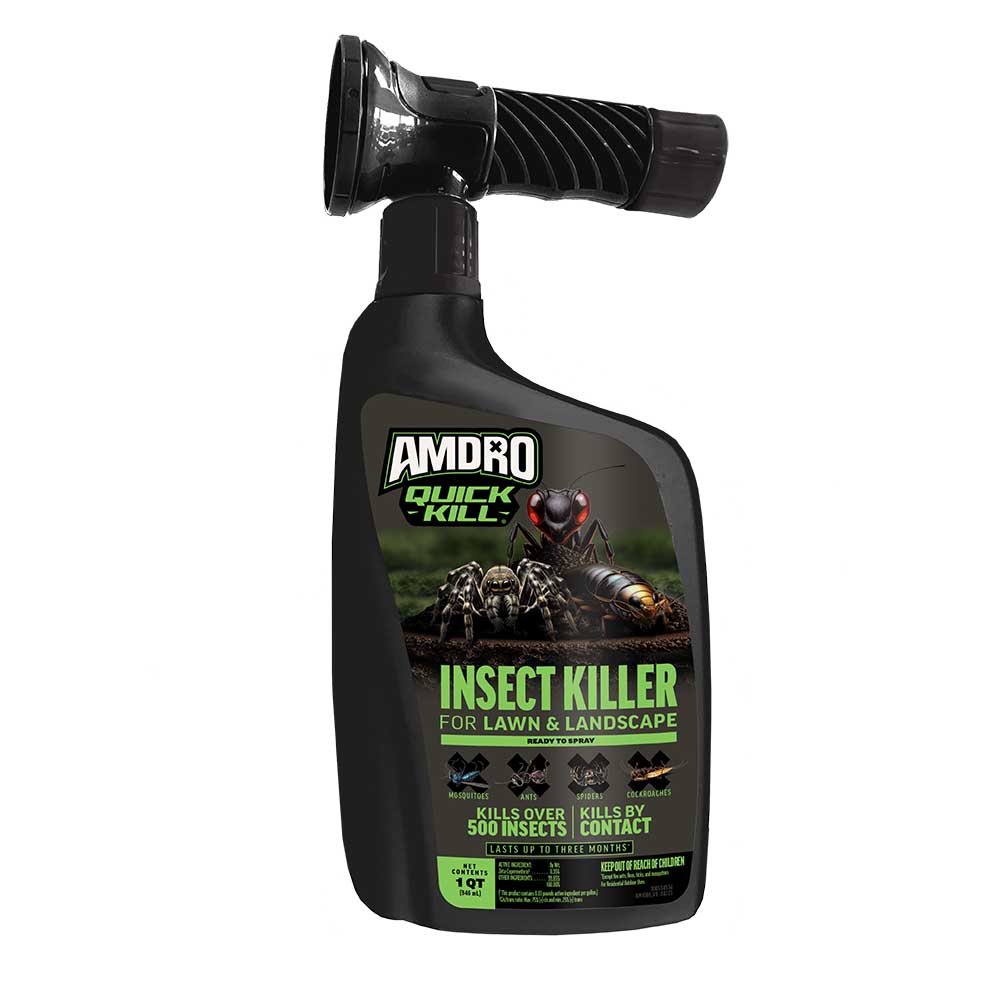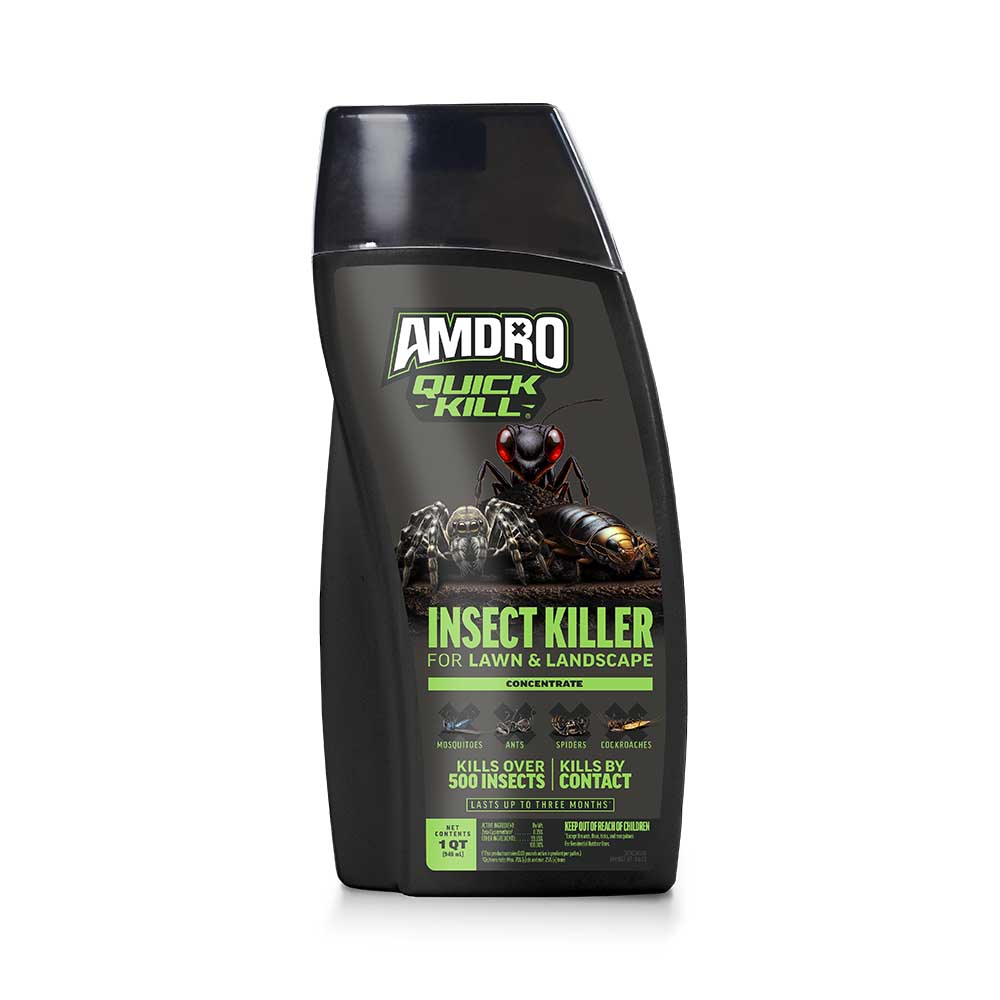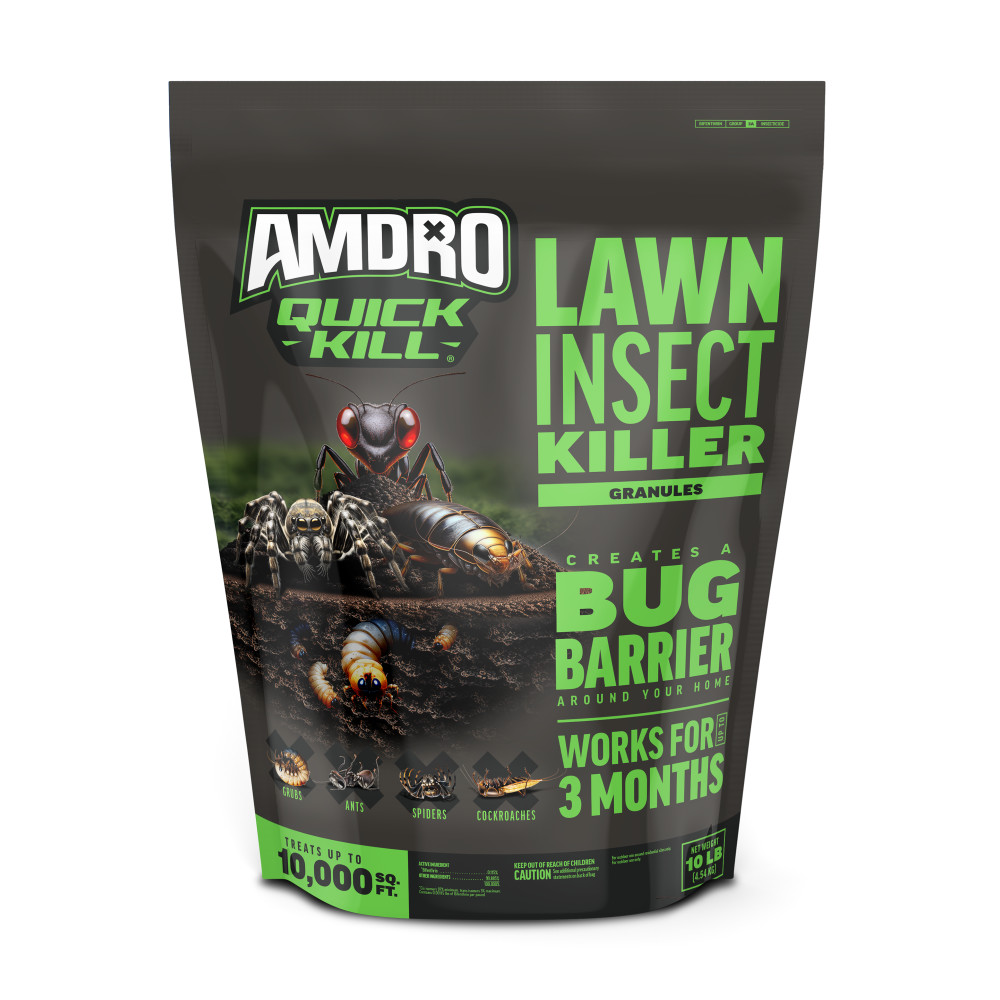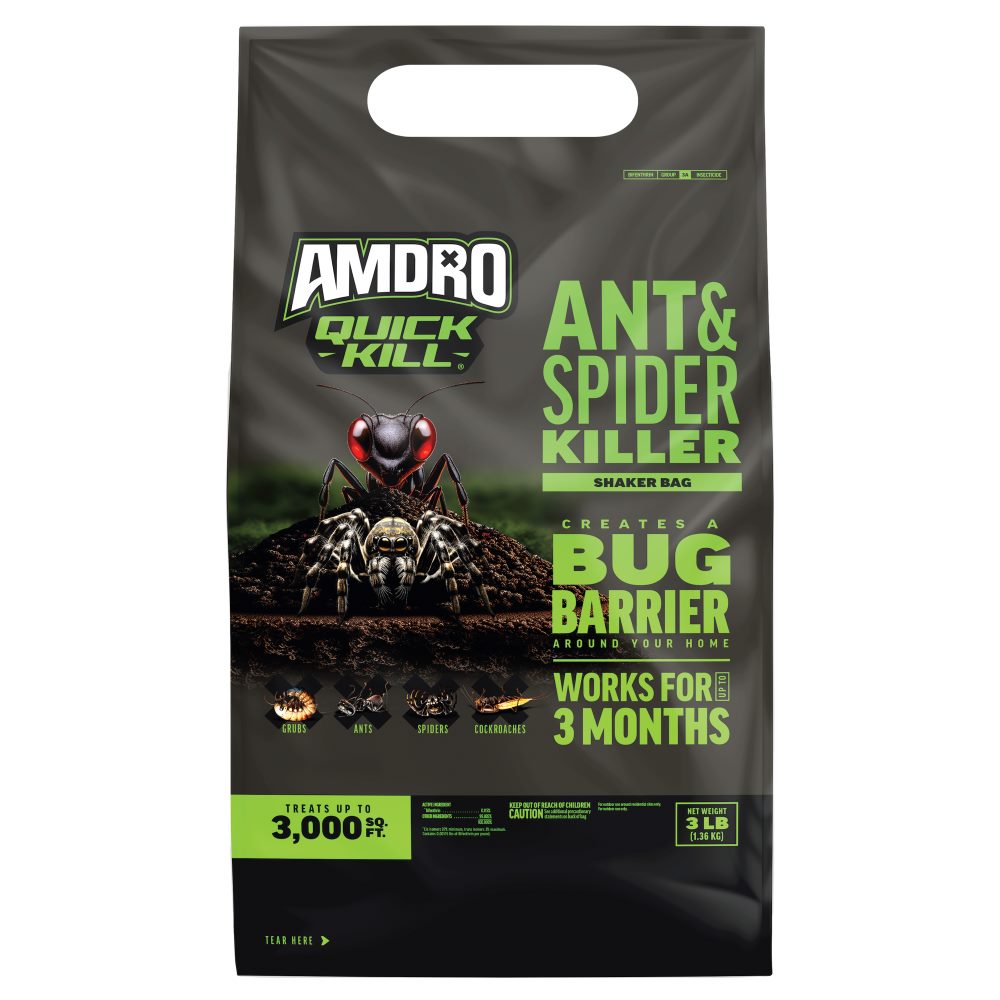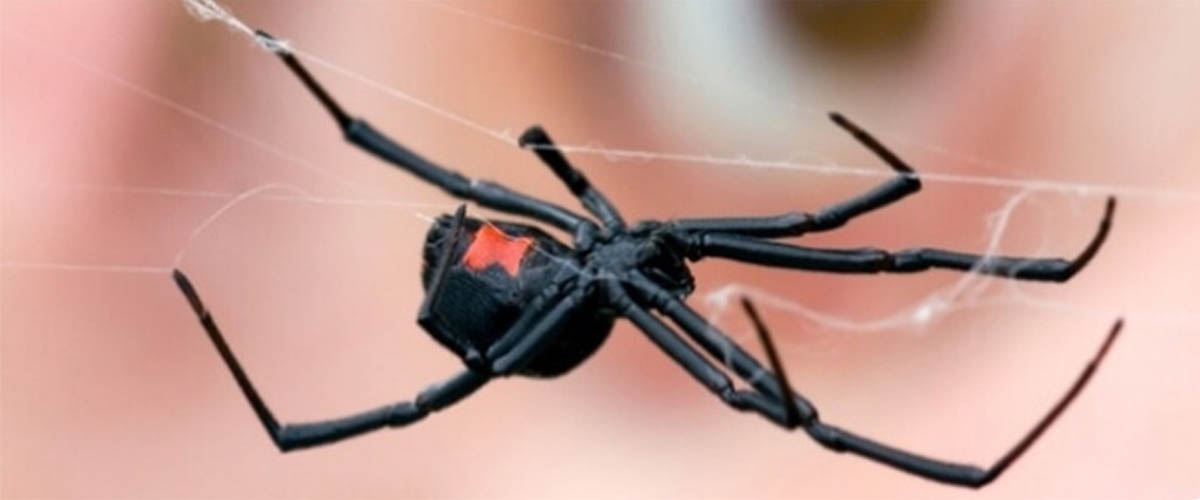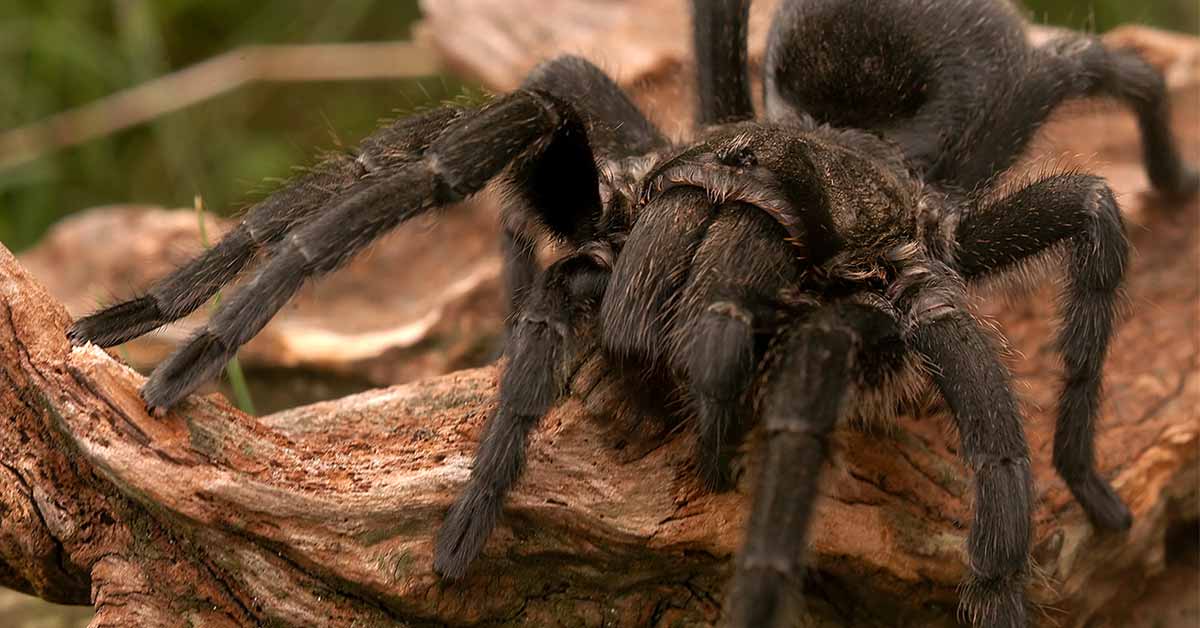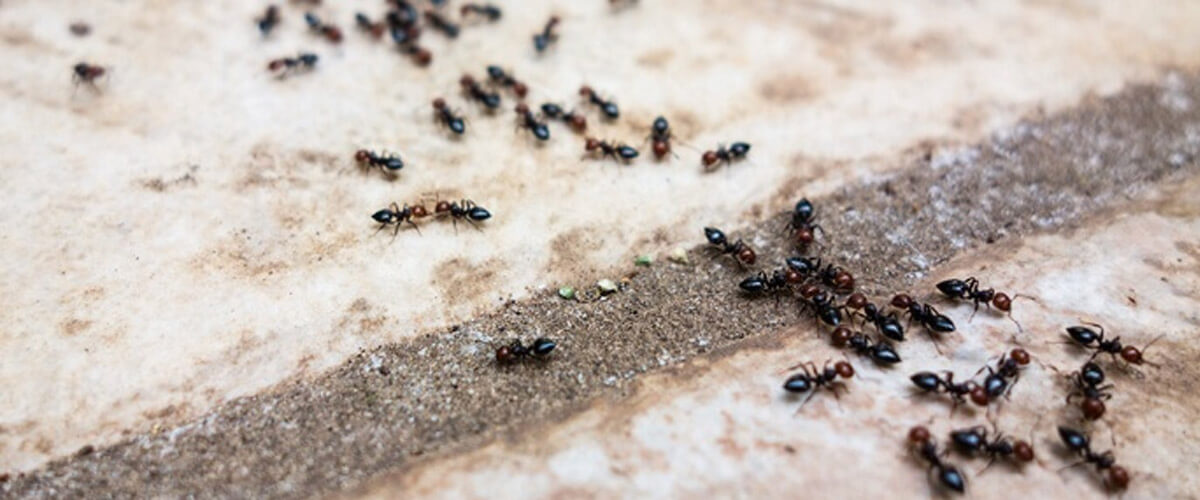Spiders
SPIDER IDENTIFICATION
You may think of spiders as insects, but they’re not. Spiders belong to a group known as arachnids, which are more closely related to other non-insects such as scorpions, ticks and mites. Identifying spiders and distinguishing them from insects starts with understanding how they differ.
Spiders have two distinct body segments: a single head-and-thorax segment, known as a cephalothorax, plus an abdomen. But insects have three body segments: the head, thorax and abdomen. Spiders have eight legs, no antennae, and six to eight eyes. Insects have six legs, two antennae, and just two eyes. Another key difference between these pests is that spiders have fangs instead of insect-like jaws.
Adult spiders vary considerably in size, depending on the type. Some are as small as a poppy seed, while others measure several inches across. Their colors and markings vary as well. Some common spiders include:
- Brown recluse – Feared for their venomous bites, these spiders grow to 3/4 inch or more. Their bodies range in color from light brown to darkest brown. They're sometimes called violin or fiddleback spiders because of the violin-shaped markings on their backs. Brown recluse spiders have three pairs of eyes.
- Black widow – Known for sometimes killing their mates, female black widows grow 3/8 inch long or more. Several regional species exist, but they all have brilliant red, hourglass-shaped markings on their dark abdomens. Black widow spiders have eight eyes.
- Yellow garden – A common sight in gardens and lawns, this spider's body measures more than 1 inch in length. From the top, the females are black with bright yellow back patches and reddish-brown legs. These spiders have four pairs of eyes.
In most spider species, males are smaller, less colorful and harder to identify. Baby spiders hatch from egg sacs in large numbers and look like small versions of adults.
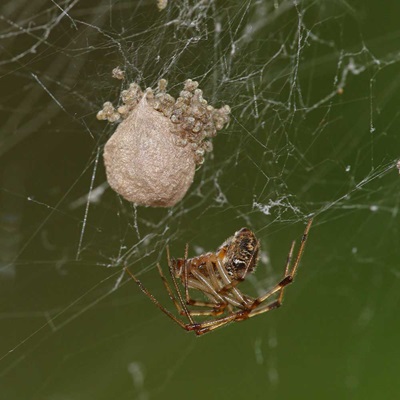
SIGNS OF SPIDERS
Spiders feed on insects, not plants. They're typically found in garden debris or dark, moist spaces where insects congregate. Seeing spiders in your home may signal a bigger insect problem that drew spiders in from the outside.
Some spiders weave webs to catch their prey, but others hunt their food instead. Signs of indoor infestations include simple cobwebs or intricate webs — and egg sacs filled with new spider generations waiting to hatch.
HOW TO CONTROL SPIDERS
Effective spider control targets spiders indoors and out — and controls the insect pests that draw them there. Amdro® brand has several products that kill spiders and other pests and protect against new spiders indoors and out:
- Amdro Quick Kill Indoor /Outdoor Insect Killer Ready-To-Use kills spiders and other listed pests inside and outside your home. Available in convenient quart and gallon sprayer containers, this powerful formula kills spiders on contact and keeps protecting against listed pests for up to 12 months.
- Amdro Quick Kill Insect Killer for Lawn & Landscape, available in ready-to-spray and concentrate formulas, works in minutes to kill outdoor spiders by contact in lawns, landscape plantings and flower gardens. These products also treat foundations up to a maximum height of 2 feet. Then they keep protecting against spiders and more than 500 listed insects for up to three months.*
- Amdro Quick Kill Lawn Insect Killer Granules provides a simple solution to spider and insect issues outdoors. Apply the product with a standard lawn spreader, then water the treated area lightly. The soil-penetrating formula kills spiders and up to 100 listed surface and sub-surface pests within 24 hours and keeps them away for up to three months.
- Amdro Quick Kill Ant & Spider Killer Shaker Bag is ideal for treating smaller outdoor areas and your home's perimeter. The convenient, resealable shaker bag makes application of the ready-to-use granules simple. This soil-penetrating formula kills spiders and up to 100 listed insect pests, then it keeps protecting against listed pests for up to three months.
SPIDER CONTROL TIPS
Spiders can't get inside your home unless they have a way in. Common spiders can squeeze through openings smaller than 1/16 inch. Seal any openings in your home's foundation, and keep your property free of yard and garden debris that attracts insect pests.
* Except fire ants, fleas, ticks and mosquitoes.
Always read product labels and follow the instructions carefully. Amdro and Amdro Quick Kill are registered trademarks of Central Garden & Pet Company.
Pest Gallery
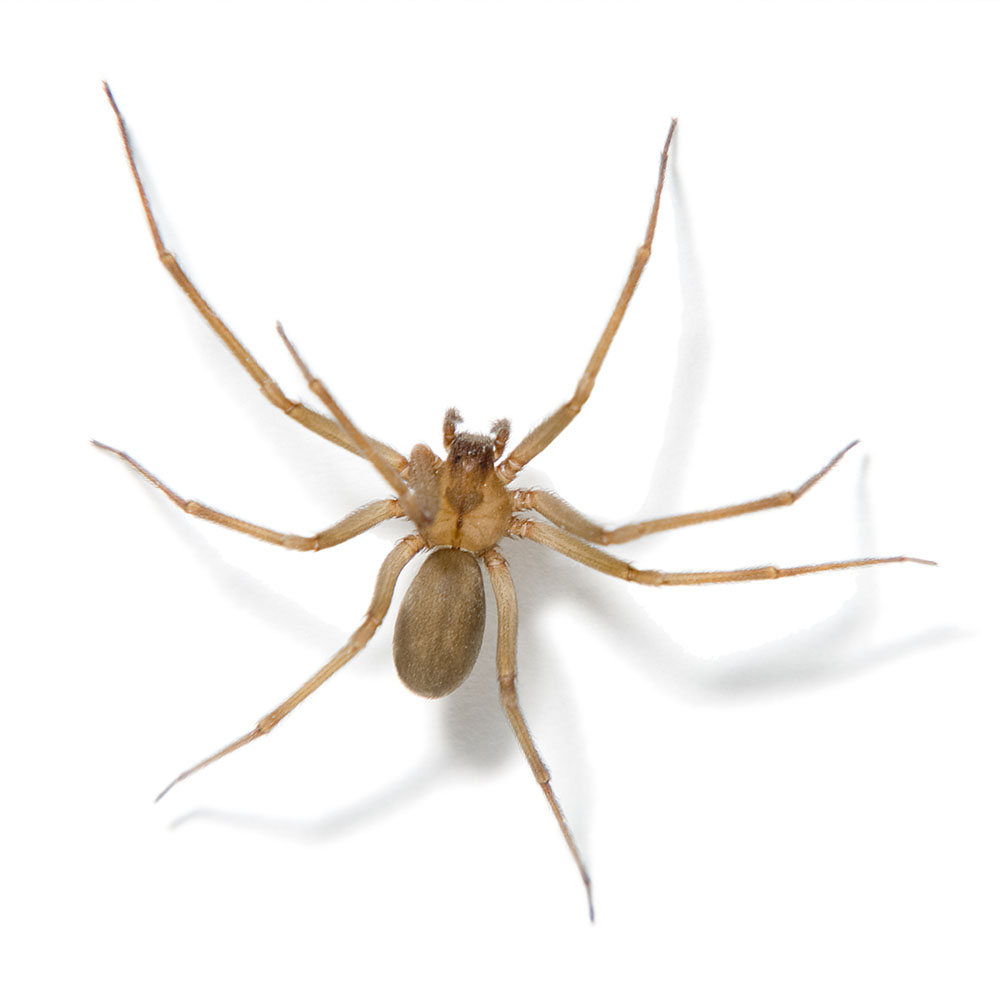
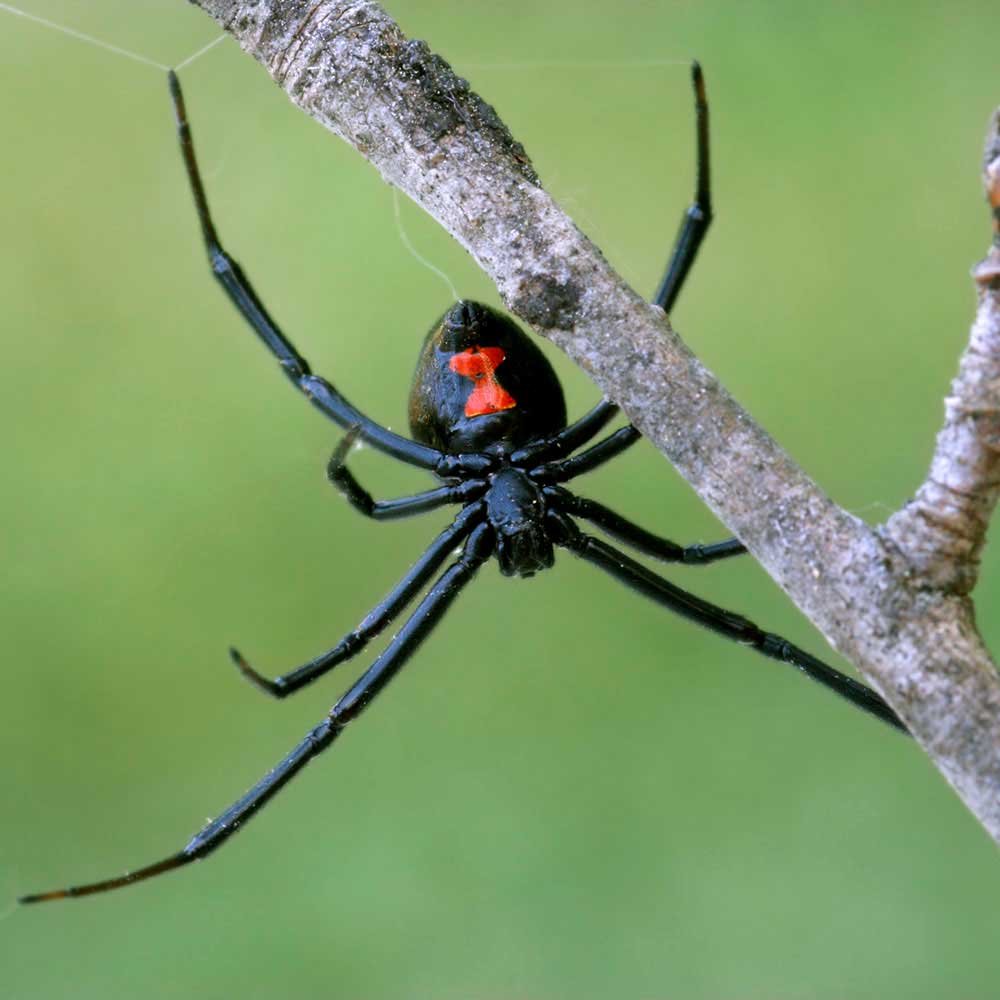
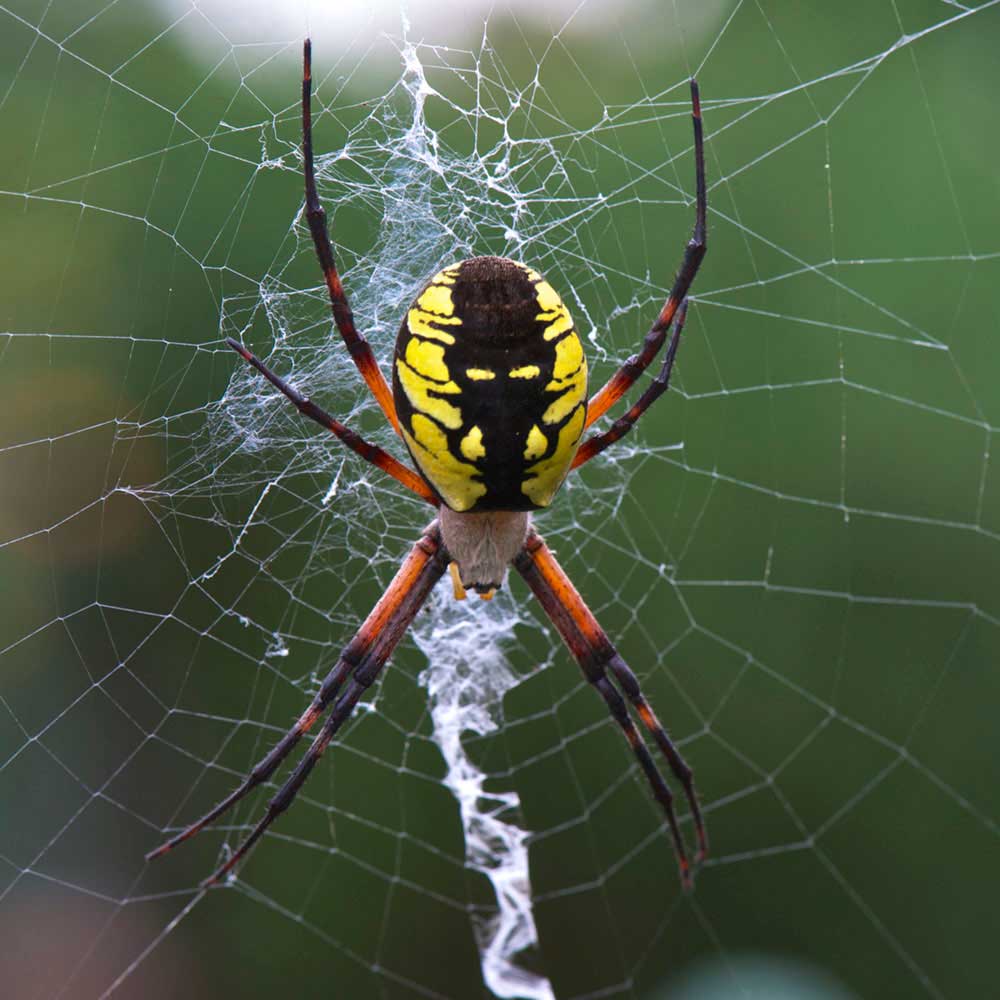
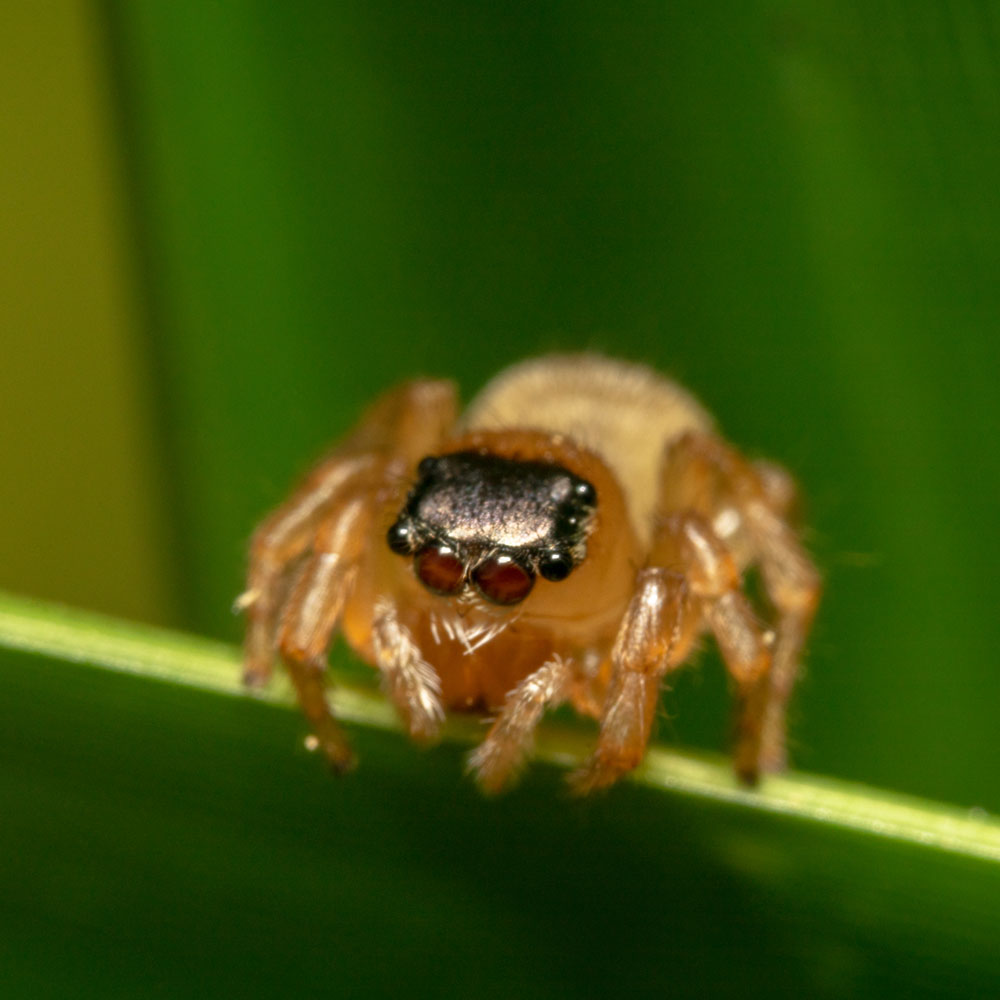
Is this not your insect?


